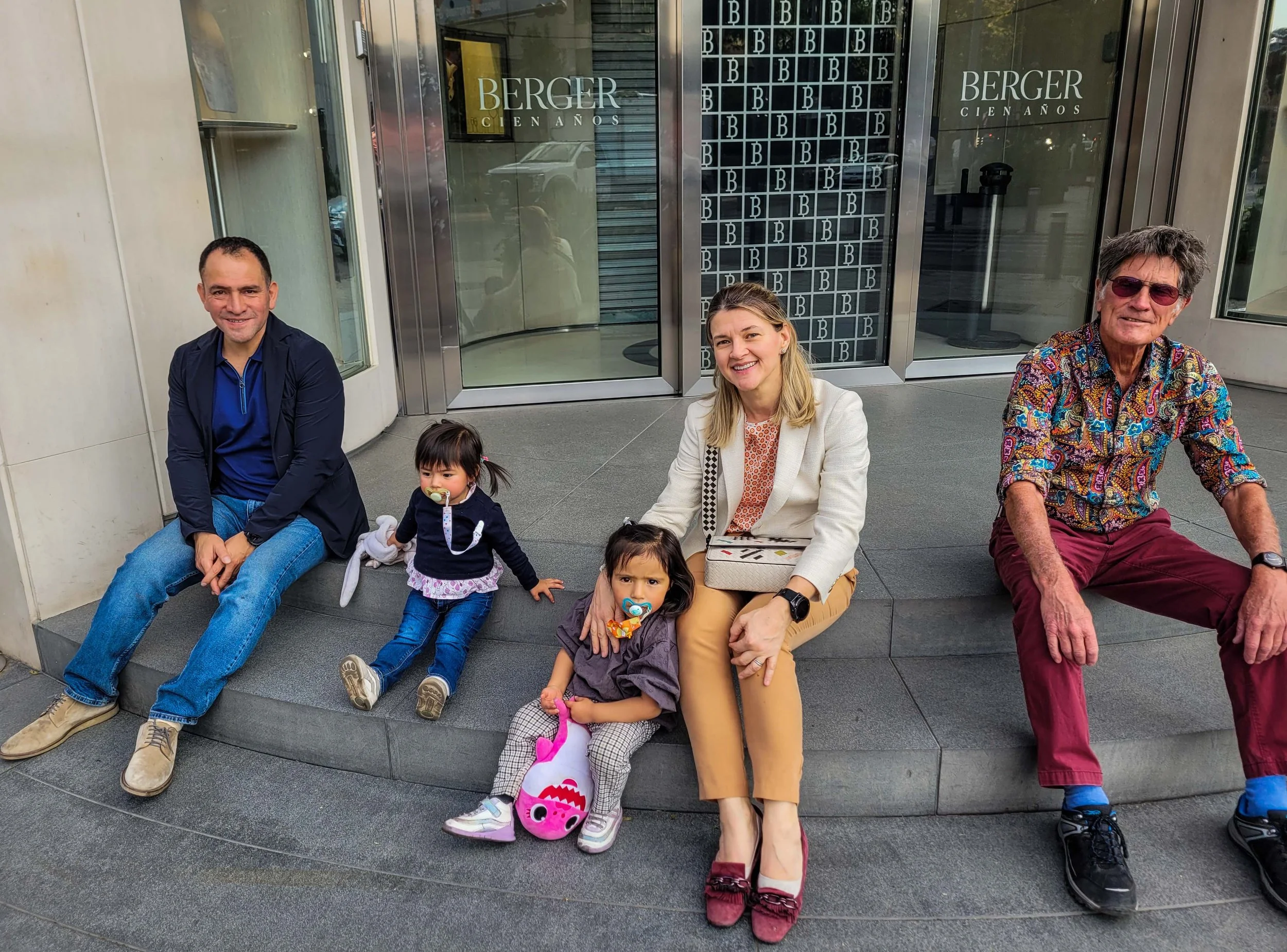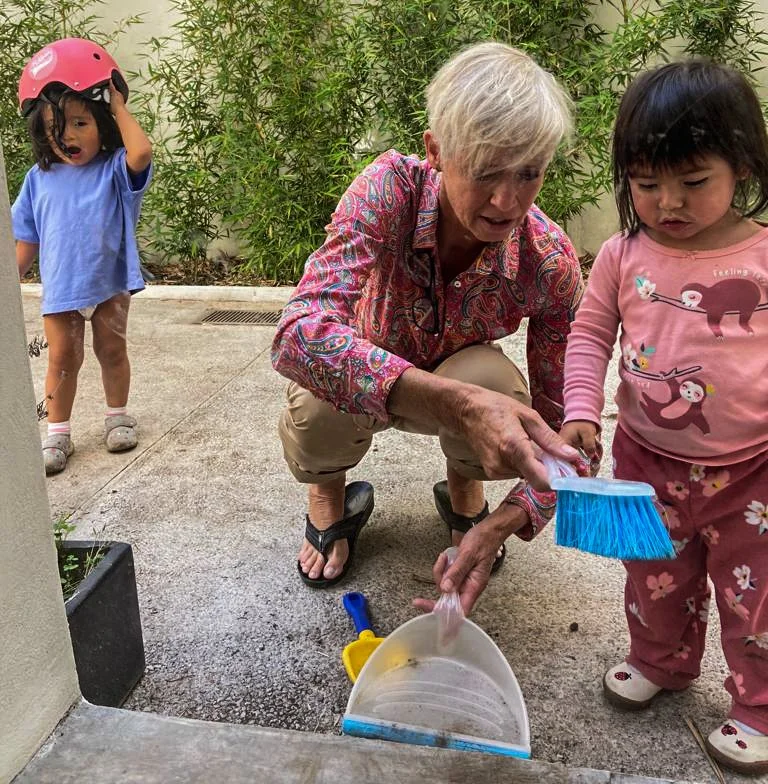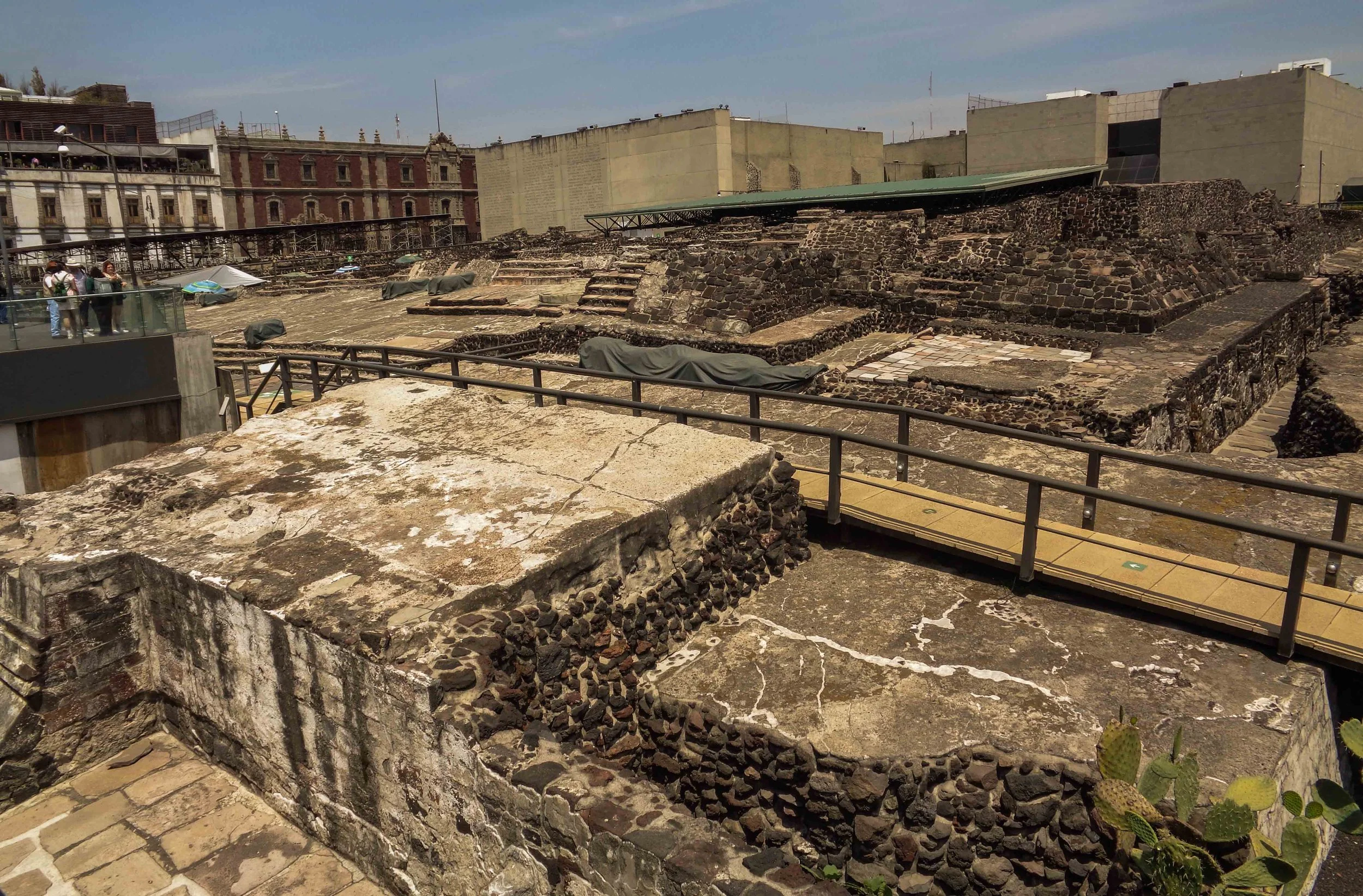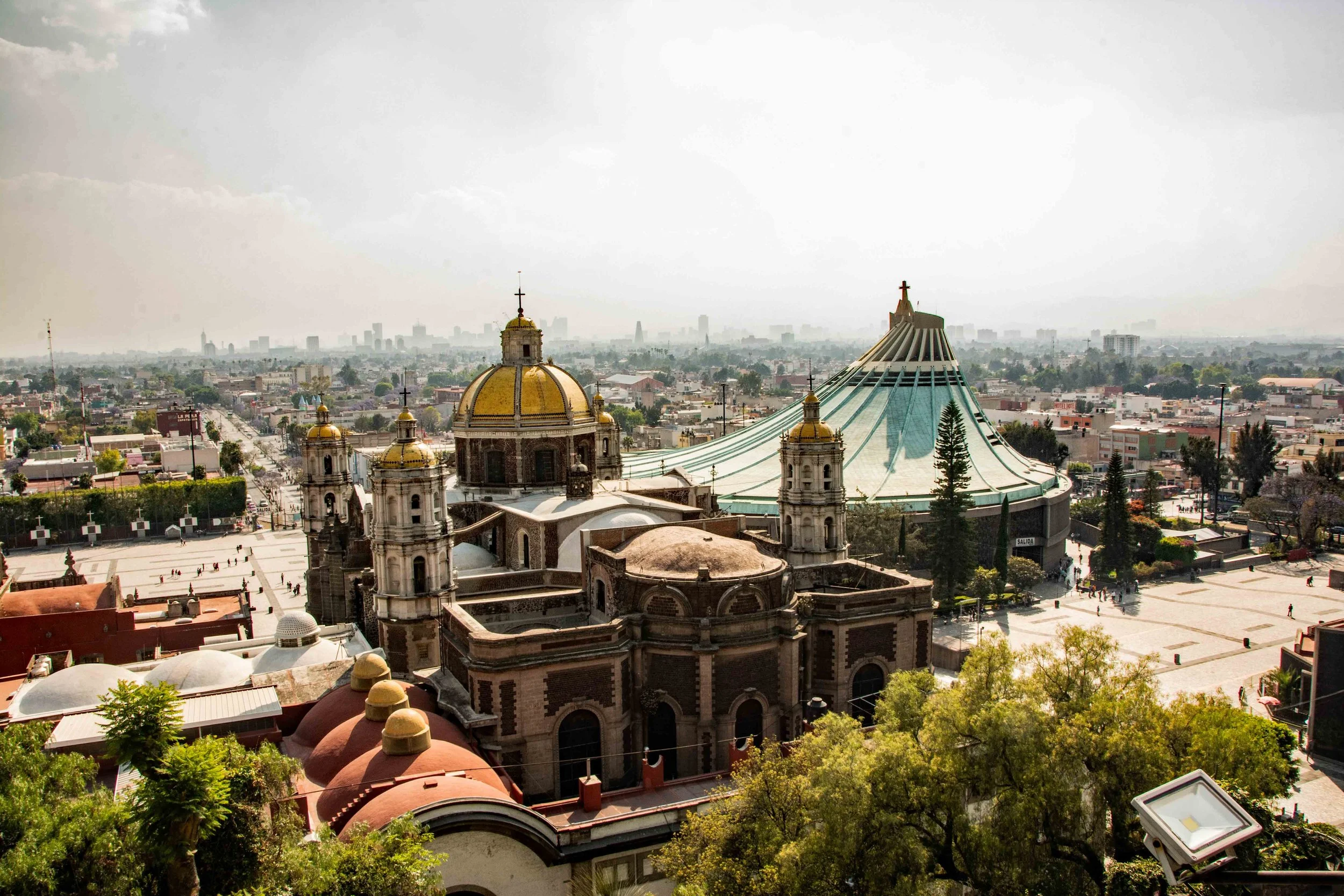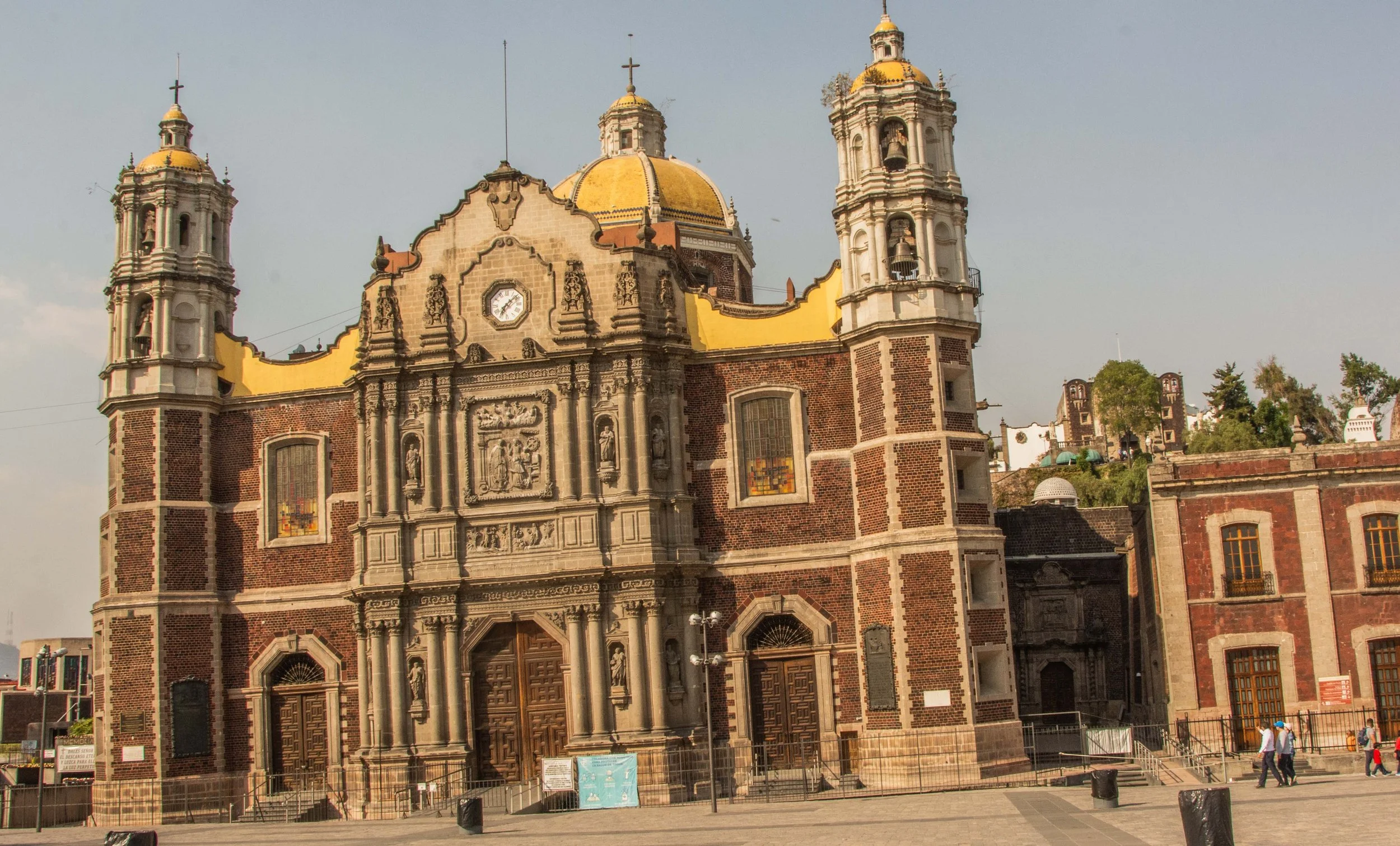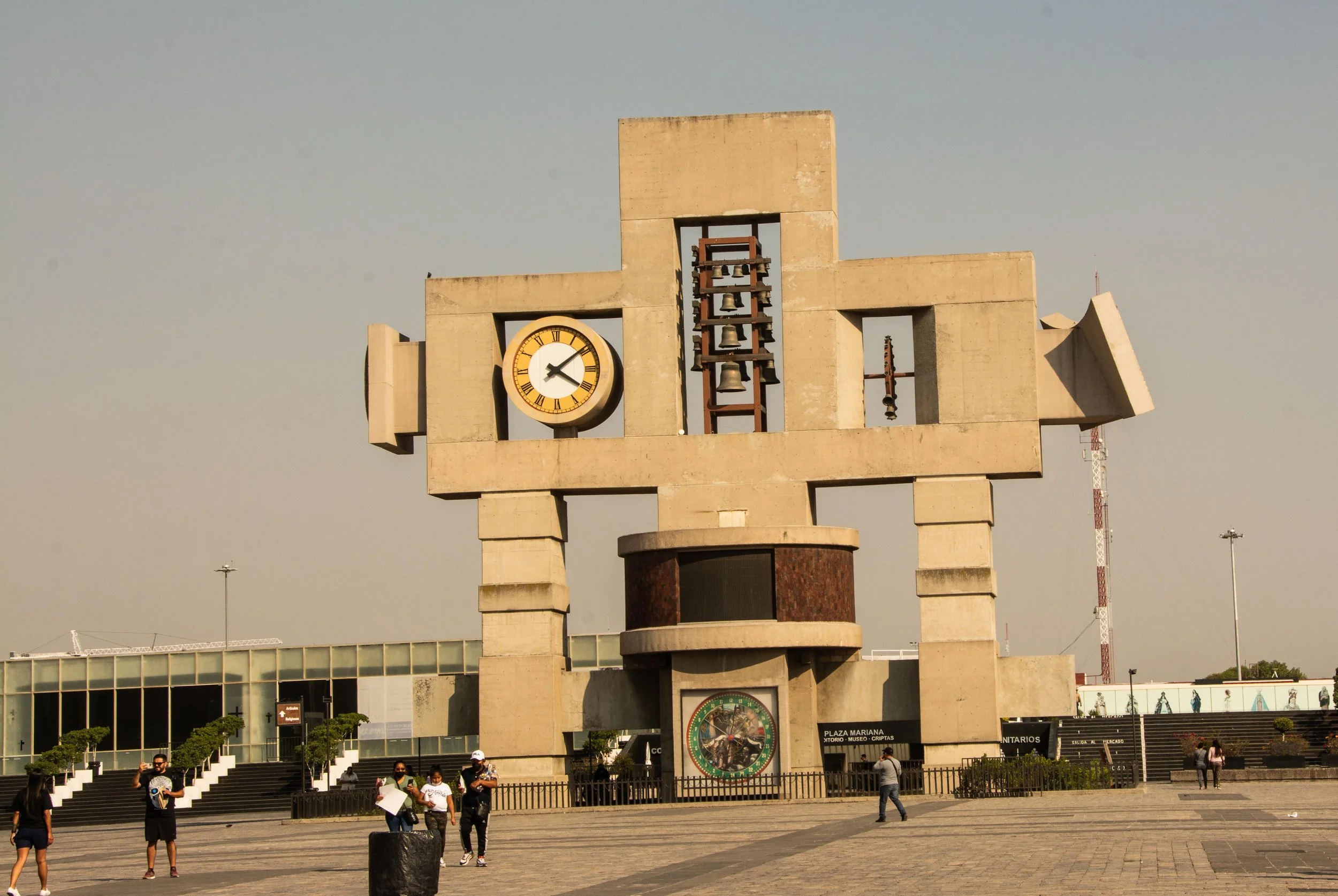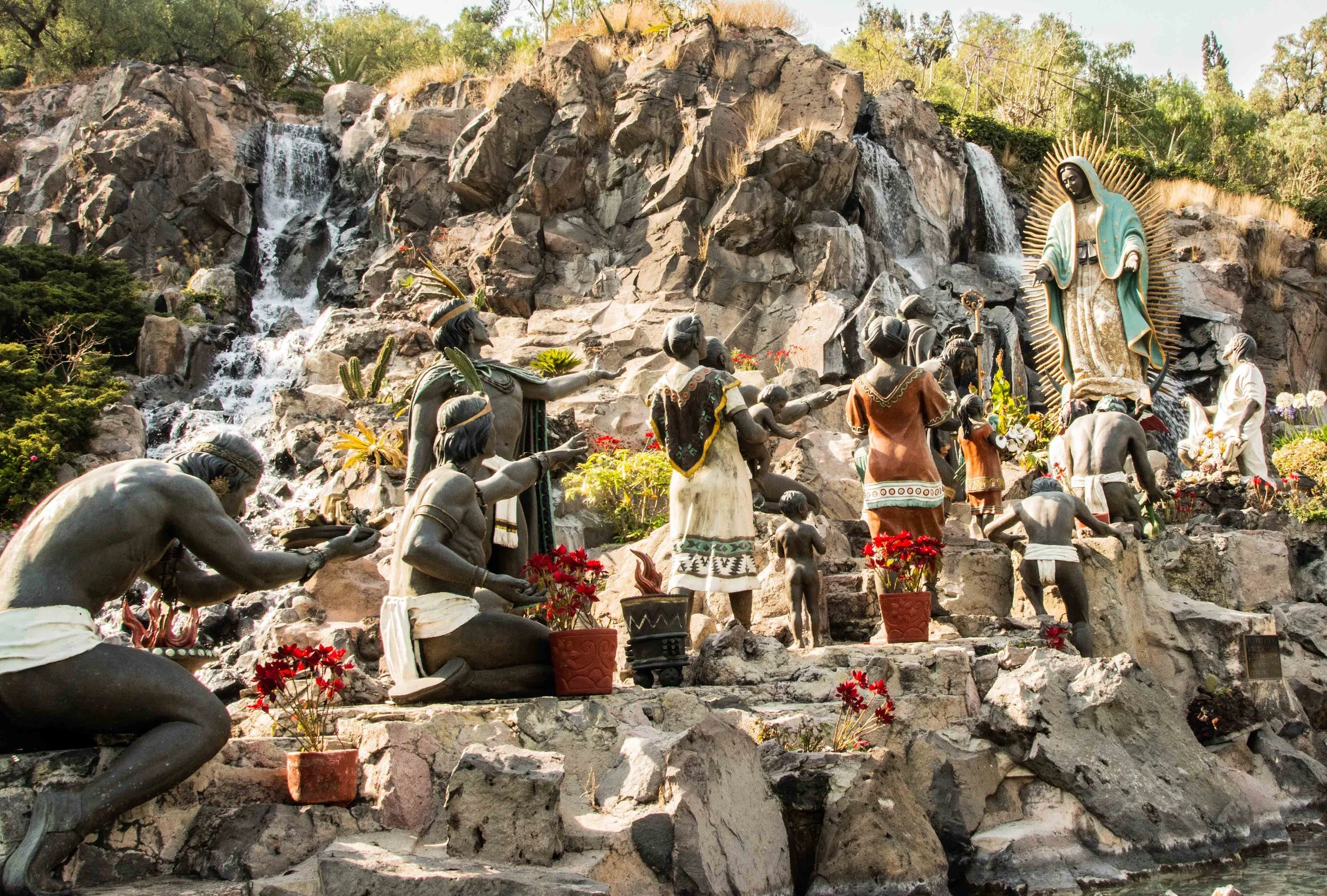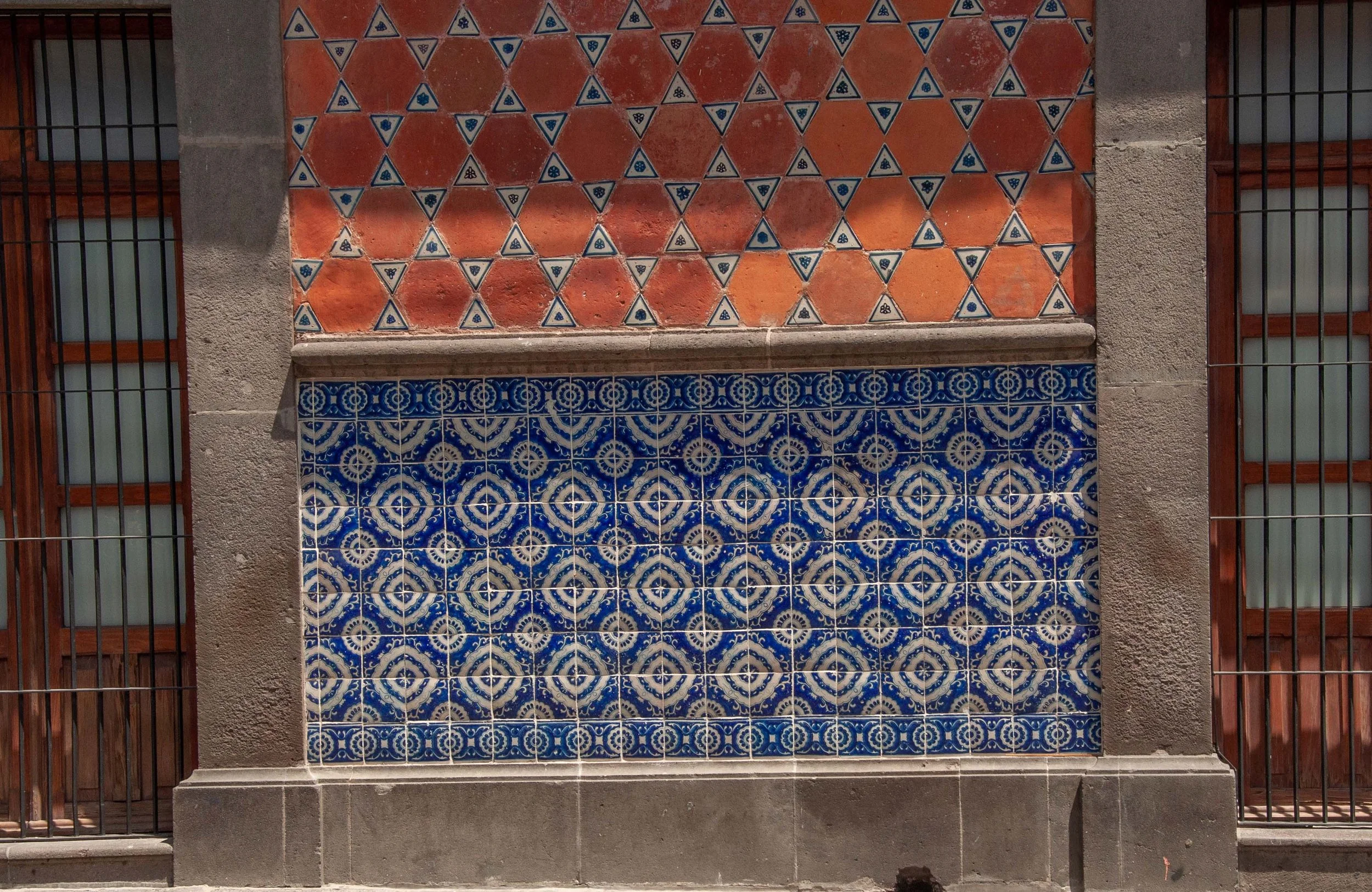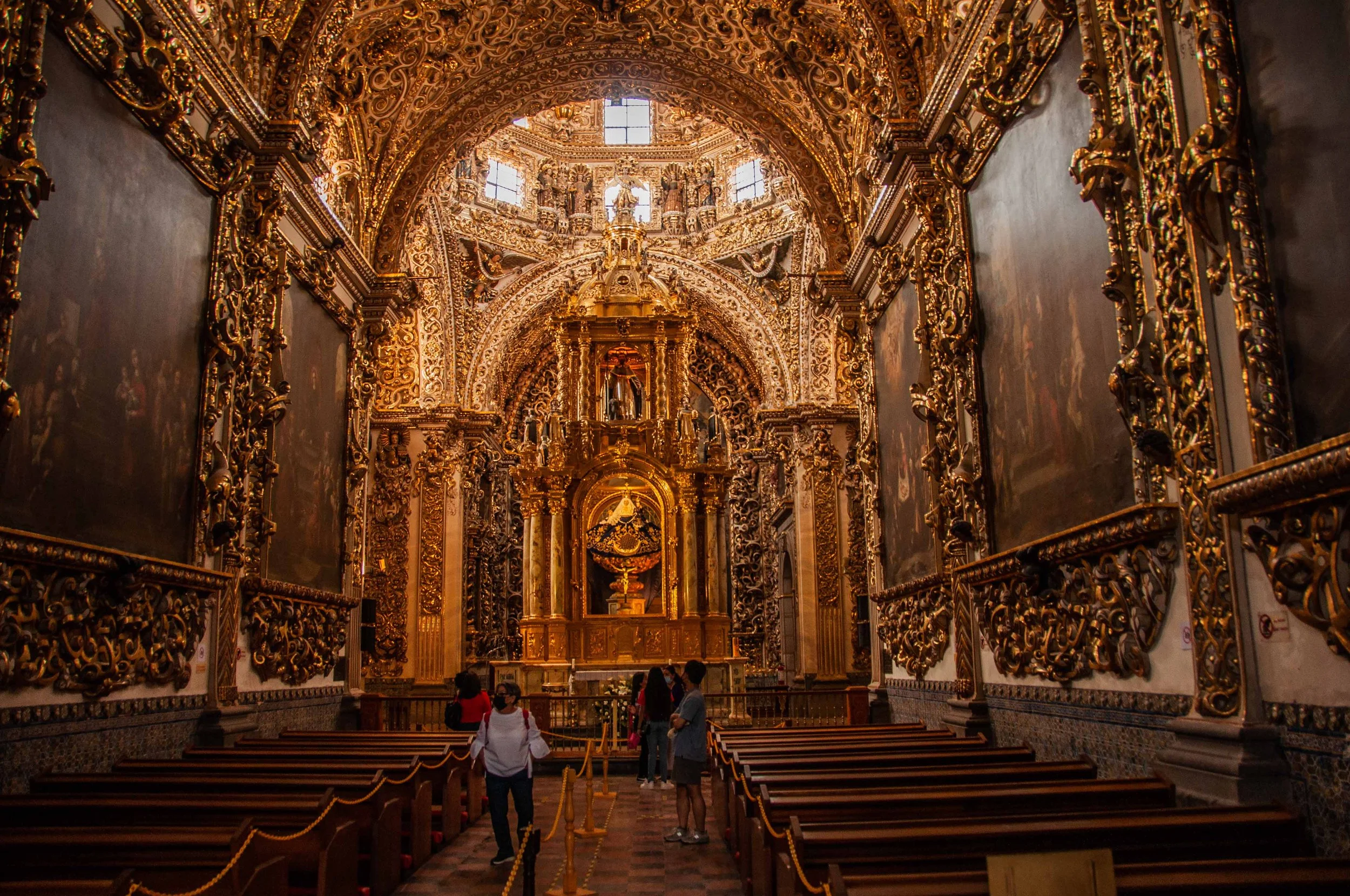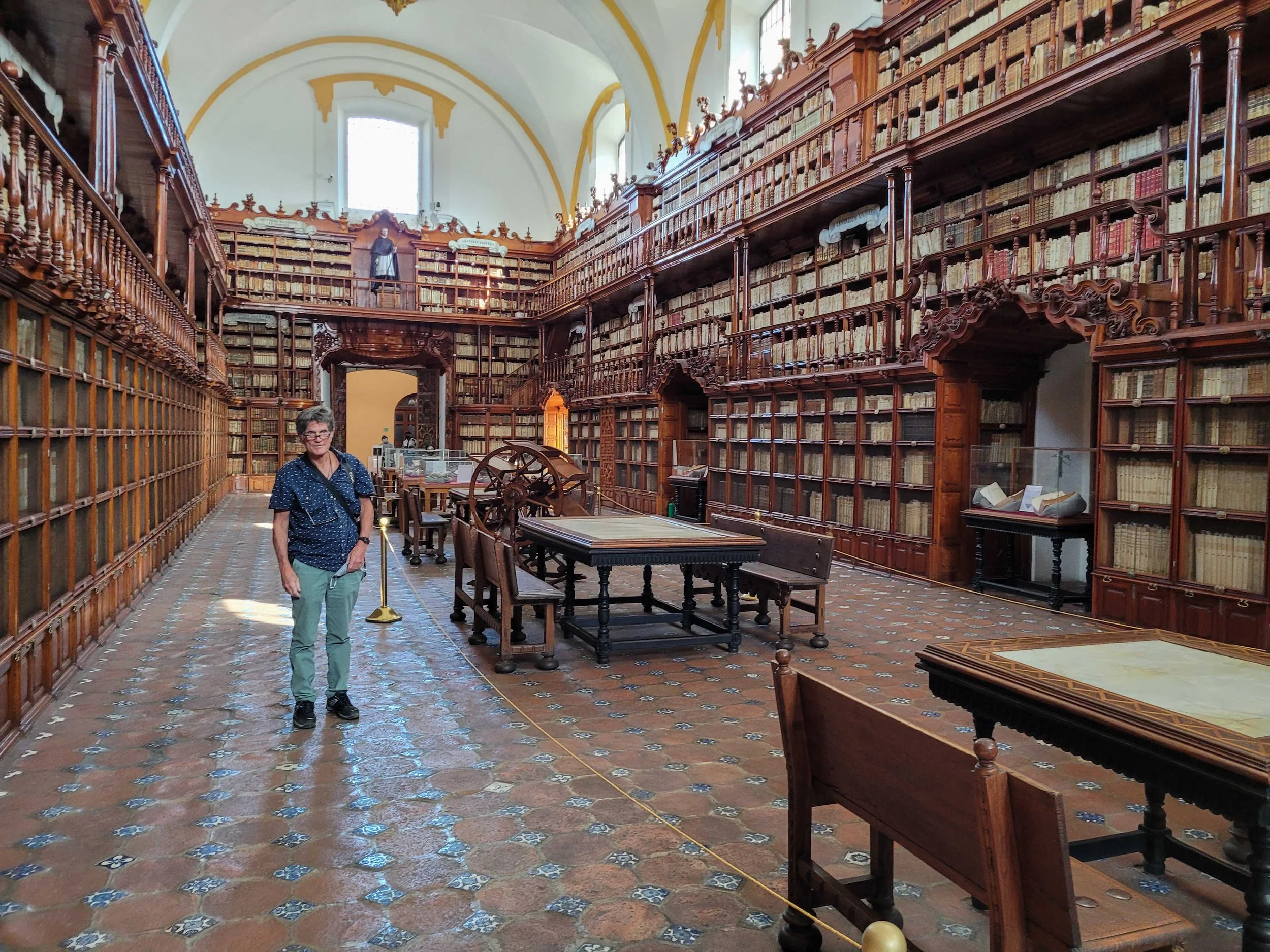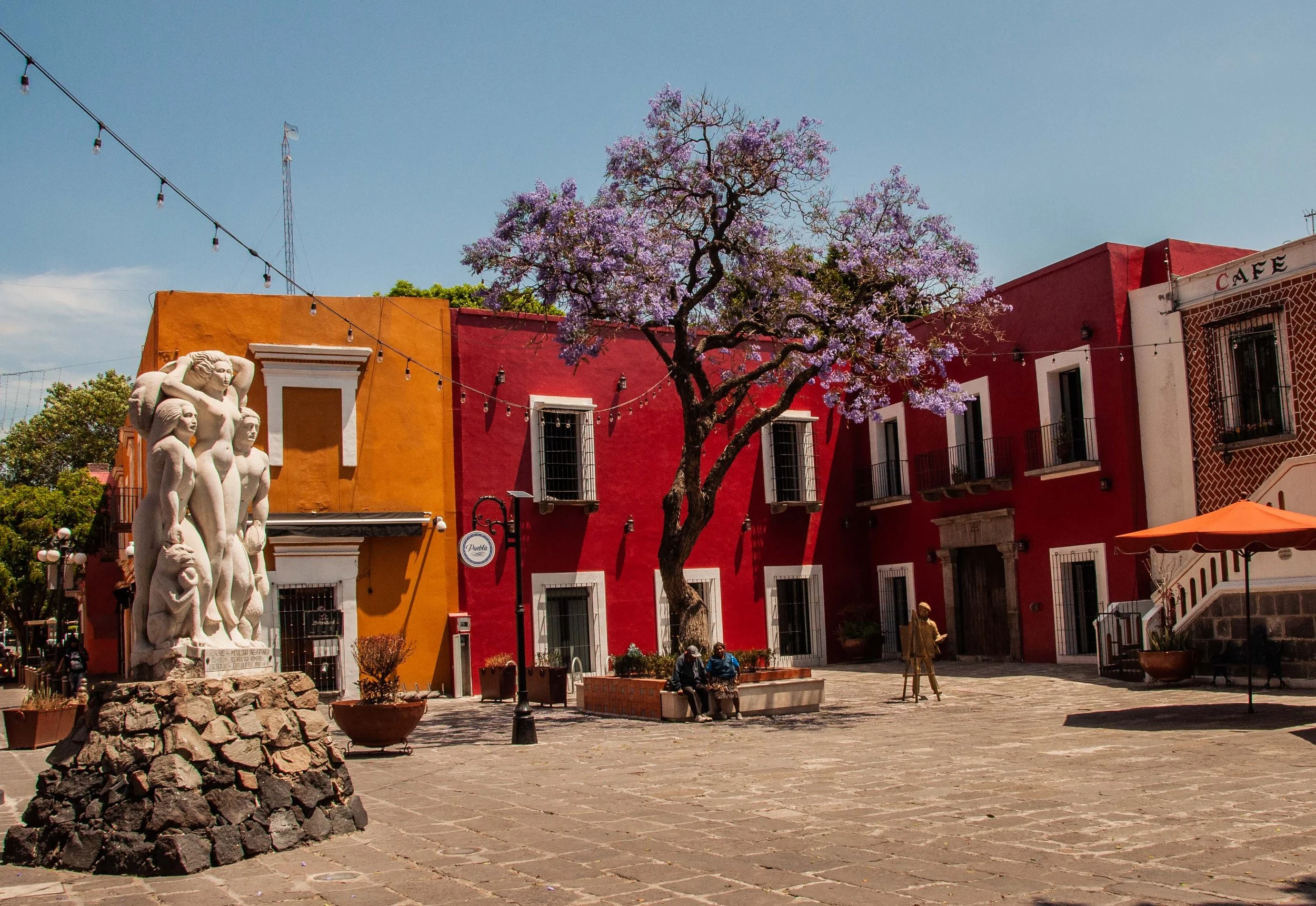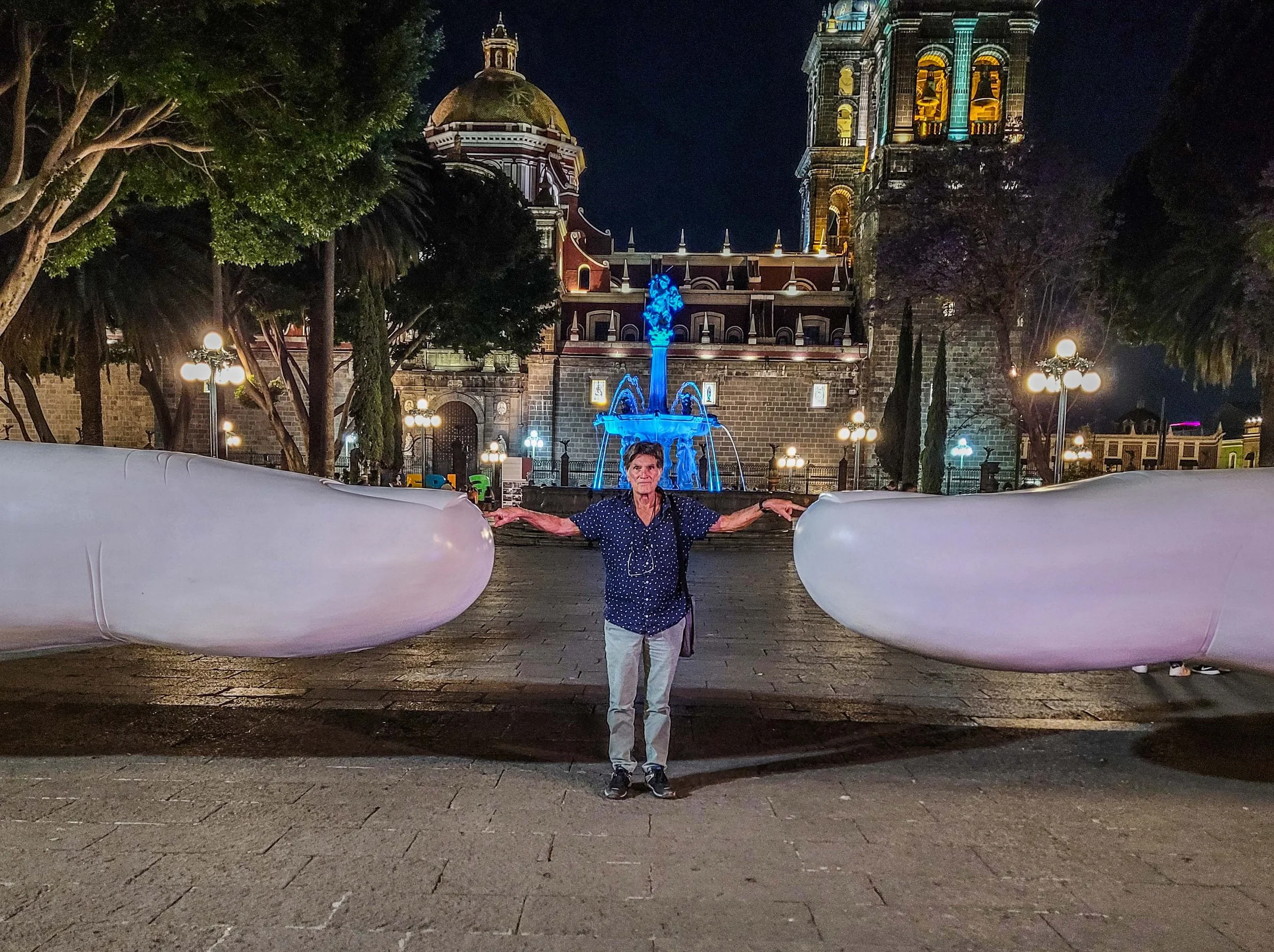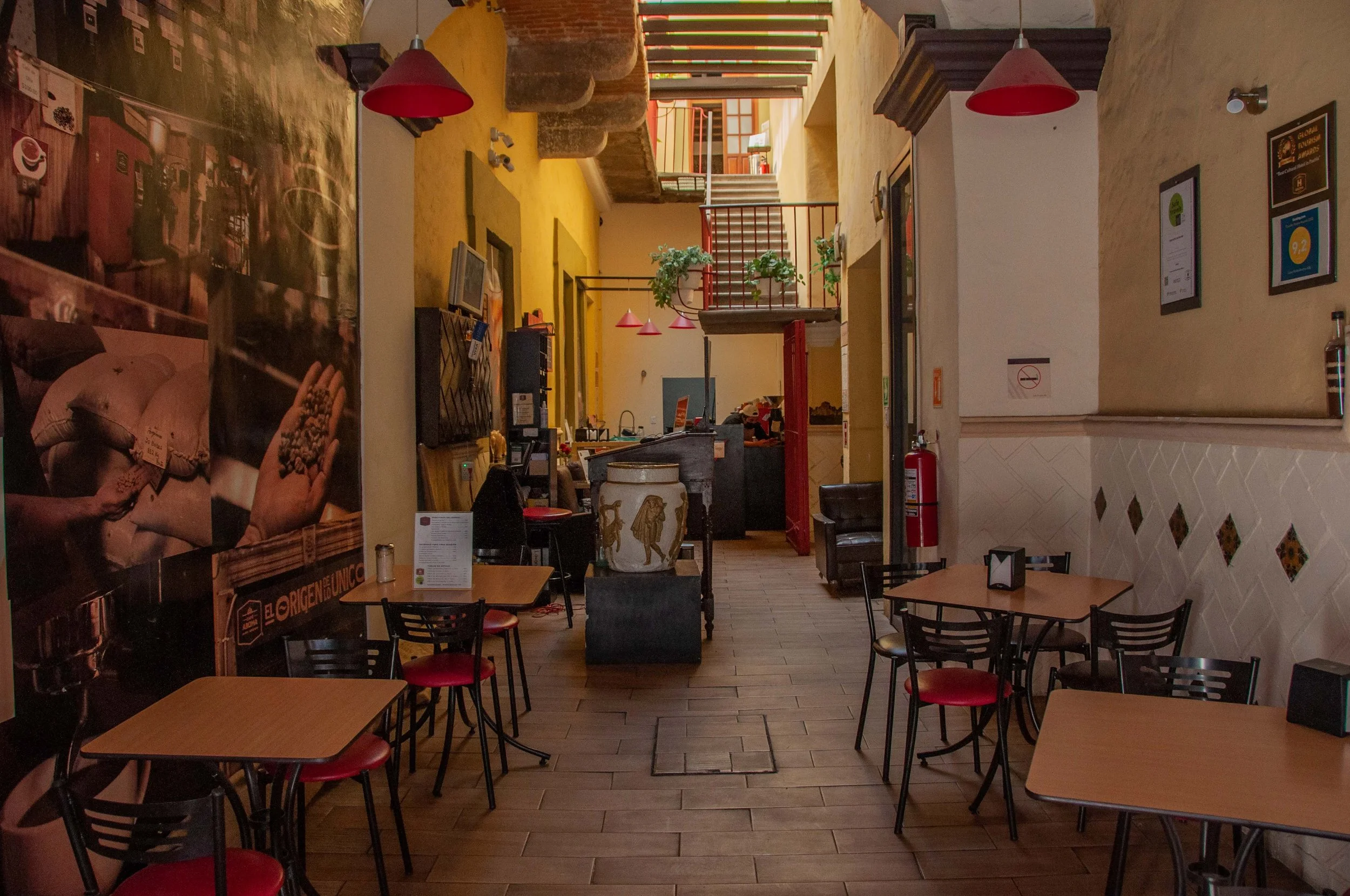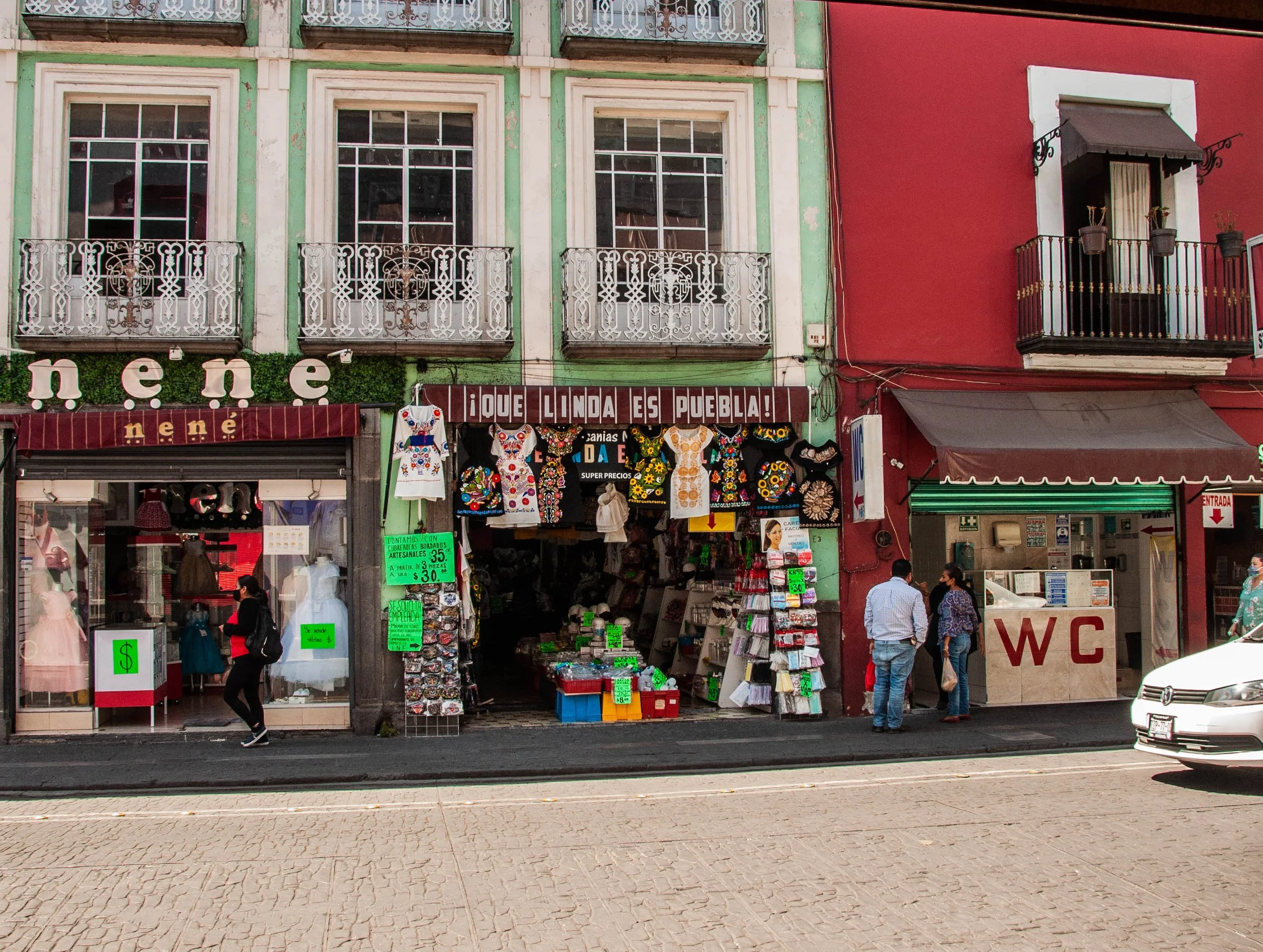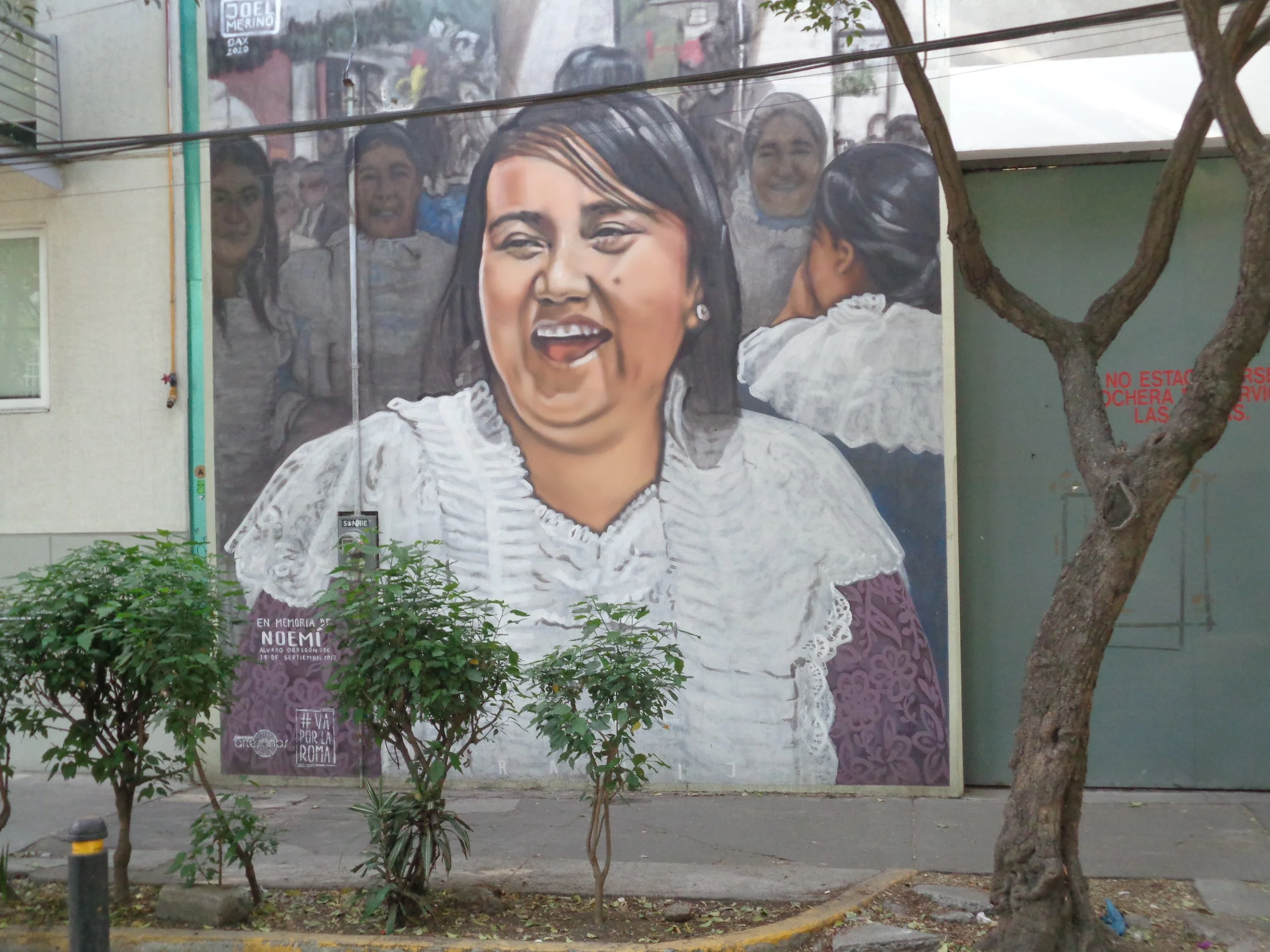After leaving Ethiopia we returned briefly to Switzerland and Bern. Just enough time to unpack and then repack for a 1 month visit to Mexico. After the stresses of Ethiopia, we needed a break and Ursula was entitled to a month’s leave, and we settled on Mexico. As some of you may remember, we went to Mexico in 2018 to attend the wedding of our friend Jutta, and her husband, Arturo.
The plan was to spend the first week with Jutta and Arturo and their two daughters, Sasha and Mia, in Mexico City, then travel to Baja California Peninsula for about 2 weeks, and then to spend the last week or so with Arturo and Jutta. These two experiences are very different and so I will write 2 blogs, the first about our stay in Mexico City and the second, our trip to Baja.
Mexico City
In Mexico City we stayed with Jutta and Arturo in their house in the suburb of Condesa. This quite a trendy area, with many restaurants, coffee shops, art galleries and bars. The streets are lined with trees and there is a large park around the corner from their house. We thoroughly enjoyed exploring the area and the little shops and markets.
1. Delivery at the local market. It also gives an idea of how wooded the area is.
The girls, Sasha and Mia, are amazing. They have so much energy; up early in the morning and off to school. When they get home they usually go to the park to play and do not go to bed until about 7 – 7.30 in the evening. And they walk everywhere. Walking back from a restaurant they walked with us for the 30 minutes it took. Alright, we walked slowly because they had to explore everything, but it was still a long walk for short legs.
2. Waiting for an Uber outside a restaurant, Arturo, Sasha, Mia, Jutta and Chris
The girls took an immediate liking to Ursula, but were more wary of Chris. In fact they ran for safety whenever he appeared. However, over time they grew more relaxed in his presence, particularly Sasha.
3. Ursula teaching Sasha the joy of tidying up.
Mexico City is a vast and sprawling city with a population estimated at about 21 million in the greater City. It lies in a bowl surrounded by hills and the water draining from the hills filled the lake that was Lake Texcoco before the founding of Mexico City and the draining of the lake. The Aztecs had built their capital, Tenochtitlan, on an island in this lake. The soft soils of the lake bed mean that Mexico City is subsiding on average at 20 inches or 50 cm per year. The bowl also traps pollution and although the city is said to be much improved over what it used to be like, it is still quite heavily polluted.
4. Mexico City
Mexico, and central America generally, has seen the rise and fall of several civilizations and empires, and in spite of the efforts of the Spanish, many structures from these cultures have survived. In Mexico City archeological sites are uncovering what remains of the Aztec city of Tenochtitlan.
The Spanish razed the city of Tenochtitlan and basically destroyed almost every building. The area was paved over and the remains of only a few structures survived and churches were built over the Aztec temples. The centre of Mexico City is now a World Heritage Site and what remains of Tenochtitlan is now an archeological site in the centre of the city.
5. An archeological site in the centre of the city excavating what remains of Tenochtitlan
We do not usually go on arranged tours but we wished to see the site of Teotihuacan about 50km out of Mexico City and so we booked a small tour, 10 people I think, to visit the site.
Teotihuacan was founded approximately 2000 years ago and is a World Heritage site. It was a major city religious centre of its time and covered about 23 square kilometres. The city declined and was abandoned around 600 AD, but became a site of religious importance to the Aztecs in the 1400s.
So much for history. It is really impressive, and is quite able to accommodate the numbers of tourists without feeling overwhelmed by them. Of course, in order to enter the site, you are funnelled through the inevitable curio stalls, and again on your way out again. A necessary intrusion; people need to make a living somehow.
6. The curio stall lining the entrance to Teotihuacan
Once you enter the complex you are met with an enormous open square, the Plaza of the Moon with a huge pyramid, the Pyramid of the Moon, on the northern side of it. Opposite this pyramid a wide “road way”, the Avenue of the Dead, leads south from the plaza.
7. The Plaza of the Moon with the Pyramid of the Moon
Little prepares you for the sheer size of the pyramid, and of the whole complex. The Pyramid of the Moon is 43 metres (140ft) high. The people in the square give an indication of the scale.
8. Looking down the Avenue of the Dead towards the Pyramid of the Moon, standing in front of the Pyramid of the Sun.
The Avenue of the Dead leads south from the Pyramid of the Moon toward the Pyramid of the Sun. The avenue is 40 metres wide and could easily hold a modern double carriageway. The Pyramid of the Sun is, if possible, even more impressive.
9. The Pyramid of the Sun is massive, dominating the area.
This pyramid is 75 metres (246 feet) high and is the third highest in the world. The pyramid is studded with smallish stone projections and when we asked about this we learnt that the pyramid was originally covered with a smooth lime plaster and these studs were to prevent the wet plaster slipping.
10. The stone studs on the face of the pyramid.
Little of the original paintings and decorations survive, but this at least survived protected in and undercut along the Avenue of the Dead. It shows a Puma, claws out and teeth bared.
11. The puma mural
Leading south from the Pyramid of the Sun the avenue continues for several kilometres ending at the Temple of the Feathered Serpent, Quetzalcoatl. It was an extremely hot day and our time was restricted by the tour timetable and so, unfortunately, we did not have time to make our way down to the Temple.
1.2. View down the Avenue of the Dead toward the Temple of the Feathered Serpent , Quetzalcoatl, not visible, several kilometres away.
Our small tour then had lunch in a local restaurant, and we had a mother and daughter from New York at our table. They had come down to Mexico to celebrate the mother’s birthday. They were a delightful couple who considered themselves connoisseurs of Coca Cola. Only Coca Cola in bottles is worth drinking, apparently, – never from cans and never diet versions!
13. New York mother and daughter. The mother is the one in the hat.
On our return from Teotihuacan our tour stopped in Mexico City at the Basilica of Our Lady of Guadalupe. This is one of the most important sites for Catholics and Pope Francis celebrated a mass there in 2016.
14. Basilica of Our Lady of Guadalupe viewed from the shrine above it. The original basilica has the gold-coloured domes, and the new basilica has the green-copper roof on the right.
The site had been a pre-Spanish shrine for the Aztecs and has existed as a catholic shrine since 1531. A bigger, more elaborate shrine, was erected in 1622 and the first basilica was built between 1695 and 1709.
15. The sinking basilica. It really is leaning to the left.
Unfortunately, due to the instability of the ground, the original basilica has been sinking slowly into the ground and cracks started to develop. A new basilica was built, the one with the copper roof in photo 14.
16. The bell tower
There is also a rather extraordinary looking bell tower. On the way down the hill from above the basilica, we passed this bizarre sculpture of grateful Aztecs presenting gifts to what I presume, is the Virgin Mary.
17. Grateful Aztecs bearing gifts
At the end of our first week in Mexico we flew to Baja California, but this will be the subject of the next blog.
PUEBLA
When we returned to Jutta and Arturo from Baja, we went on a visit to Puebla City. Puebla is famous for its ceramics, particularly tiles, as well as its cooking, particularly mole poblano. (I did have the opportunity to taste this sauce, a pork dish with the sauce, and can confirm that it is delicious. Chris)
The ceramic style is known as Poblano Talavera or simply Talavera and everywhere you go in the city, particularly the old city, the buildings are faced with tiles.
18. Typical tiles in Puebla
19 . This is a restored nun’s monastery that is now a museum to local arts and crafts.
Of course, being a Catholic country in the Spanish traditions, there are a large number of churches and cathedrals. Naturally we had to visit the Puebla Cathedral, and then to retire to a nearby roof terrace across the square for a sundowner.
20. Attempting to photograph the cathedral from a vantage point
We also visited The Chapel of the Rosary that is famous in that every conceivable surface seems to have been gilded. The chapel is located within the Church of Santo Domingo and is over 300 years old. The cathedral and the chapel left us feeling “churched out” and we spent much of the rest of our time looking at tiles and shops selling Talavera ceramics.
21. The gilded Chapel of the Rosary.
The José María Lafragua library houses thousands of historic books, covering the Indigenous and Spanish- American society in Mexico during the sixteenth century. One thing that impressed us wherever we have been in Mexico is the pride people have in their history, and the well curated and maintained museums and galleries.
22. The José María Lafragua library, Chris vainly trying to look earnest and scholarly.
Puebla is justly proud of its artistic heritage and is a lovely city to explore. There is much of historic interest as well as the more modern. Broad tree-lined pedestrian avenues run through the city centre with quiet places to sit and recover from the tourist hurly-burly.
23. A square on the edge the city centre.
24. Standing between two fingers, the cathedral in the background.
While we were in Puebla we met up with Alejandra Manzanilla, a woman we had met on our whale-watching, and who lives in Puebla. We had lunch with her at a vegetarian restaurant, surely one of the few in Puebla. This was a welcome change; Mexican cuisine is dominated by meat and fish, with tortillas as the staple starch. After a few days Chris was crying out for salad, or any vegetable, cooked or raw.
In Puebla we stayed in a small, almost “boutique” hotel just a few minutes’ walk from the city centre. The building is 300 years old and the owners have kept as much of the original fittings as possible. It was a lovely place and suited us perfectly.
25. The entrance to our hotel, the Aroma hotel, so called because of the aroma of coffee.
We only stayed one night in Puebla, but we could easily have spent several more days, there is so much to see and explore. Next time, maybe. And so back to Mexico City for the last part of our visit. But I will leave with one last photo from the city. One thing that struck us was the many public toilets. Every street had at least one.
26. W.C.s on every street
In Mexico City we continued to explore, going to art galleries and museums and just wandering the streets. One of the appealing sights about the city is the large numbers of murals. This applies not just to Mexico City, but in towns and cities across Mexico.
27. A mural in Puebla
28. A mural in Mexico City.
Finally, we had to leave and return to Europe. We had such a lovely time in Mexico and we must thank Arturo and Jutta for their generosity and hospitality, and for putting up with our comings and goings.
And to the girls, Mia and Sasha, hasta luego
29. Hasta luego
The next blog, in a few days, will deal with our visit to Baja California. Love to all.
Chris and Ursula

